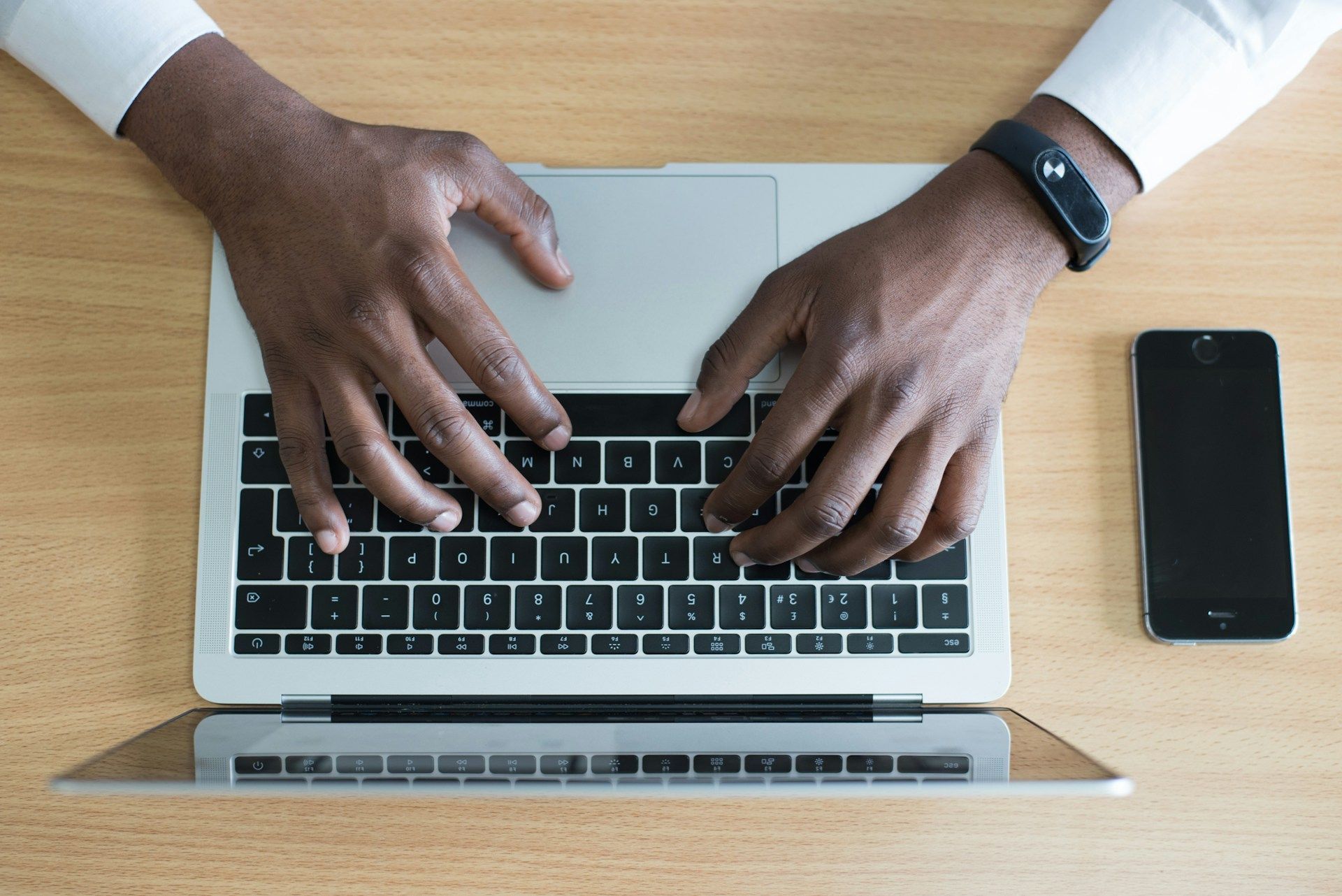6 Easy Steps on How to Put Your Church on Google Maps
As the world becomes more and more digitized, it's important for churches to have a strong online presence. One way to do this is by optimizing their listing on Google Maps.
Google Maps is one of the most popular online mapping services, used by millions of people every day to find businesses, directions, and local attractions. If your church is not listed on Google Maps, you're missing out on a great opportunity to reach new people in your community.
What Is Google My Business
If you want your church to be visible on Google Maps, claiming and verifying your listing on Google My Business is the first step.
Google My Business is a free tool that allows businesses to manage their online presence across Google, including Search and Maps. By verifying and editing your business information, you can help customers find you, contact you, and learn more about your business.
How to Add Your Church to Google Maps
If you want your church to be visible on Google Maps, there are a few things you need to do.
1. Create a Google My Business Account
First, you need to sign in to your church's Google account. If you
still have not created one, then you need to do so to access your business profile. Once ready, you can go to your Google My Business page and then create a free account by signing in.
2. Input Your Church Name
To get started, go to https://www.google.com/business and click "Start now." Then, search for your church by name or address. If your church already has a listing on Google, you'll see a message that says, "You already have a Google listing for this business." Click the "Claim this business" button to continue.
If your church doesn't have a listing on Google yet, you'll see a message that says, "No results found." Click the "Add your business" button to create a new listing. In the Google My Business sign-in profile, you will then be asked about your church's name. Input your official and registered church name (Avoid using abbreviations).
3. Fill Out the Church Address
Once you are in your Google My Business account, fill out your church's address information, then click "Continue."
4. Describe Your Church
Add in an important but short description of your church, including the specific denomination and what kind of church you have.
5. Add Your Church Contact Details
You can start adding your church information, like your church's address, phone number, website, and description, to help people find your church when they're searching on Google.
You can also add photos and videos, and manage your church's reviews to give potential visitors a better idea of what your church is like.
6. Verify Your Church
Once you've claimed your listing, Google will send you a verification code mailed postcard or a phone call to your church's address or contact number, which you'll need to enter in your Google My Business account in order to verify your listing.
What Are the Benefits of Having Your Church on Google Maps
There are several benefits to having your church on Google Maps.
Reach a Wider Audience.
By being listed on Google Maps, your church will be more visible to potential new members. Additionally, being on Google Maps can help you attract visitors from out of town.
Improve Your Church’s SEO.
Google Maps is a powerful tool that can help your church's website rank higher in search engine results. This can help you attract more visitors to your website and improve your church's visibility online.
Connect with Your Community.
By adding your church to Google Maps, you can make it easier for people to find you and learn more about your congregation. This can help you build stronger relationships with your community members and better serve your congregation.
Conclusion
Google Maps is a powerful tool that can help churches reach a wider audience. By following the steps outlined in this article, churches can ensure that their listing is accurate and up-to-date, making it easier for potential visitors to find them.
At Faithworks Marketing, we have a team of
local SEO experts for churches who can help you with everything from setting up your Google My Business page to improving your church's website for local search. We can also help you create and implement a local SEO strategy that will help you achieve your goals. We can also help apply for and maintain the
Google Ad Grant for your church. Let us help you improve your church's online presence. Contact us to get started!
Jono Long
Digital Marketer for 10 years. Formerly a Youth Pastor for 21 years.
Read Full Bio

Latest Posts



Get In Touch
Contact Information
Our Location
PO Box 1729 Monroe GA 30655
Send Us A Message
Call Us Today
Business Hours
All Rights Reserved | Faithworks Marketing







